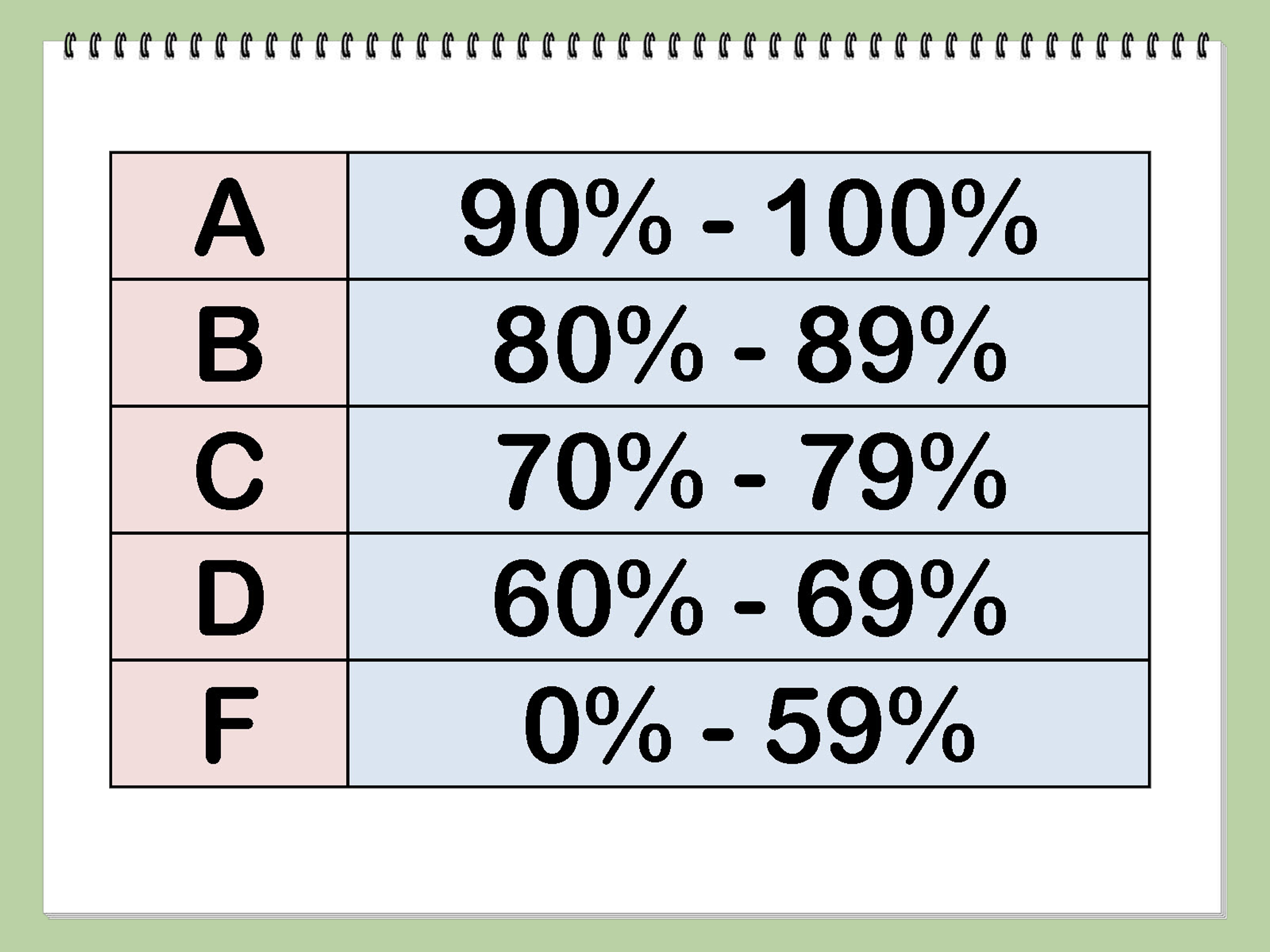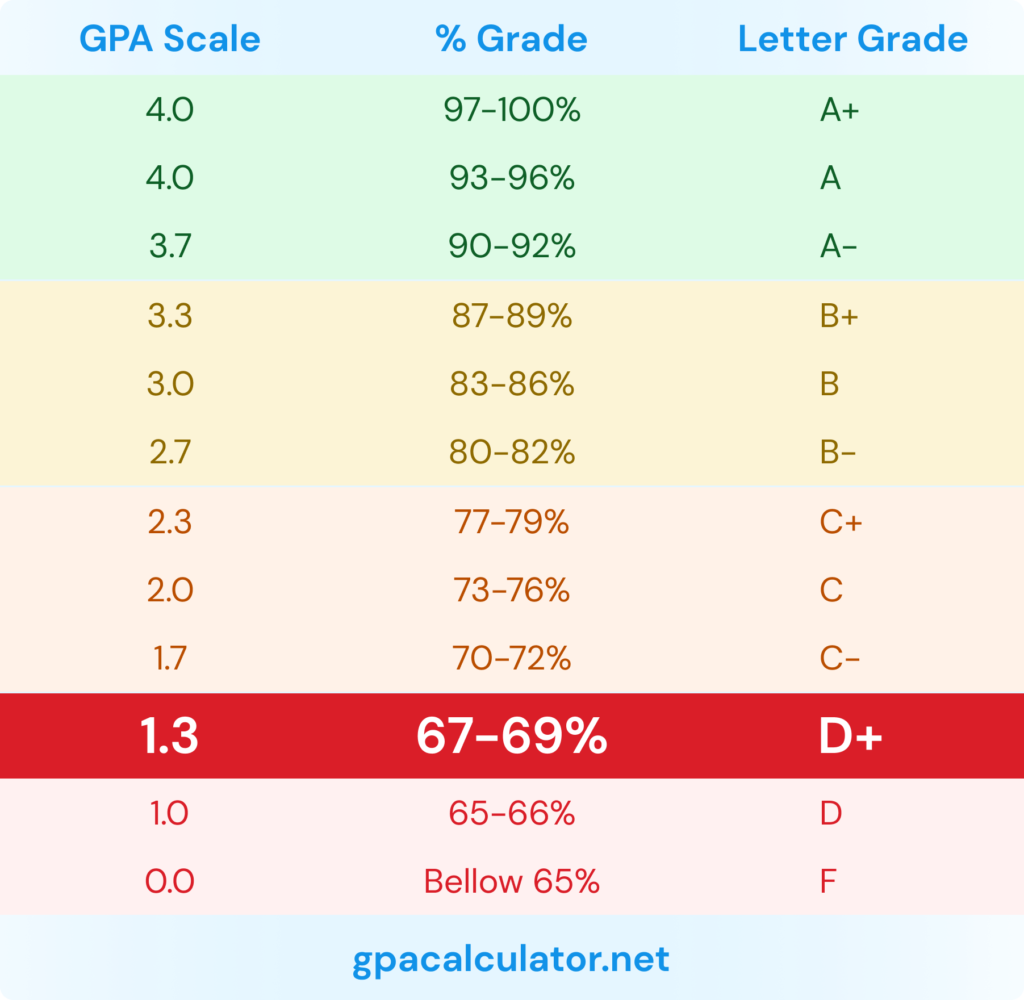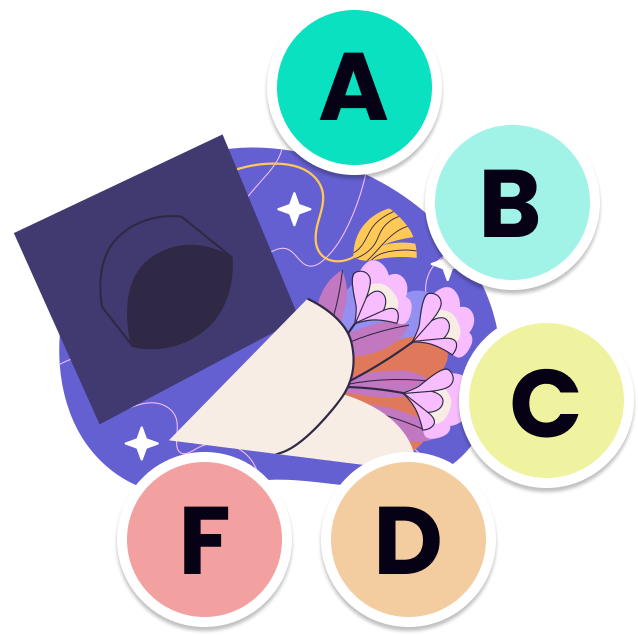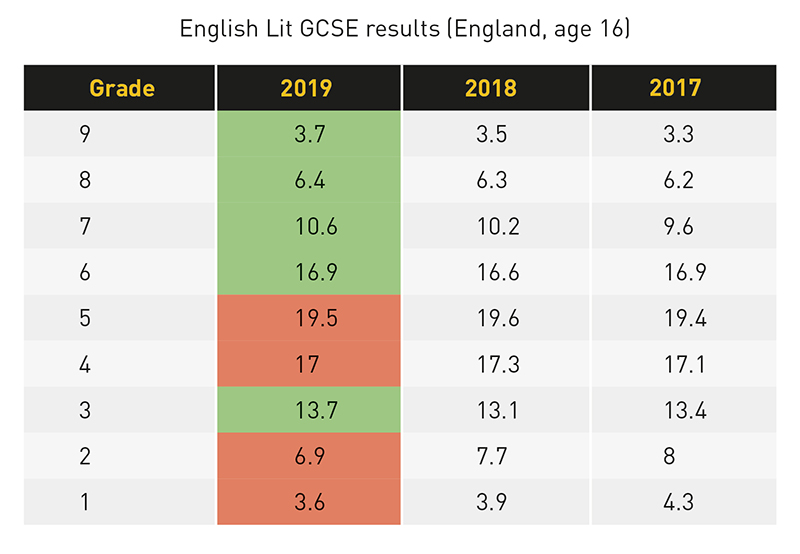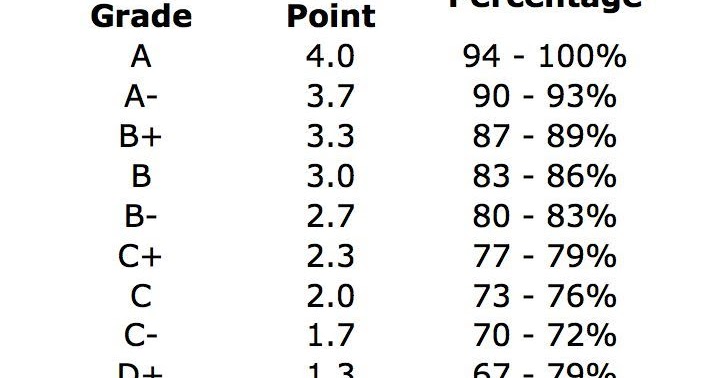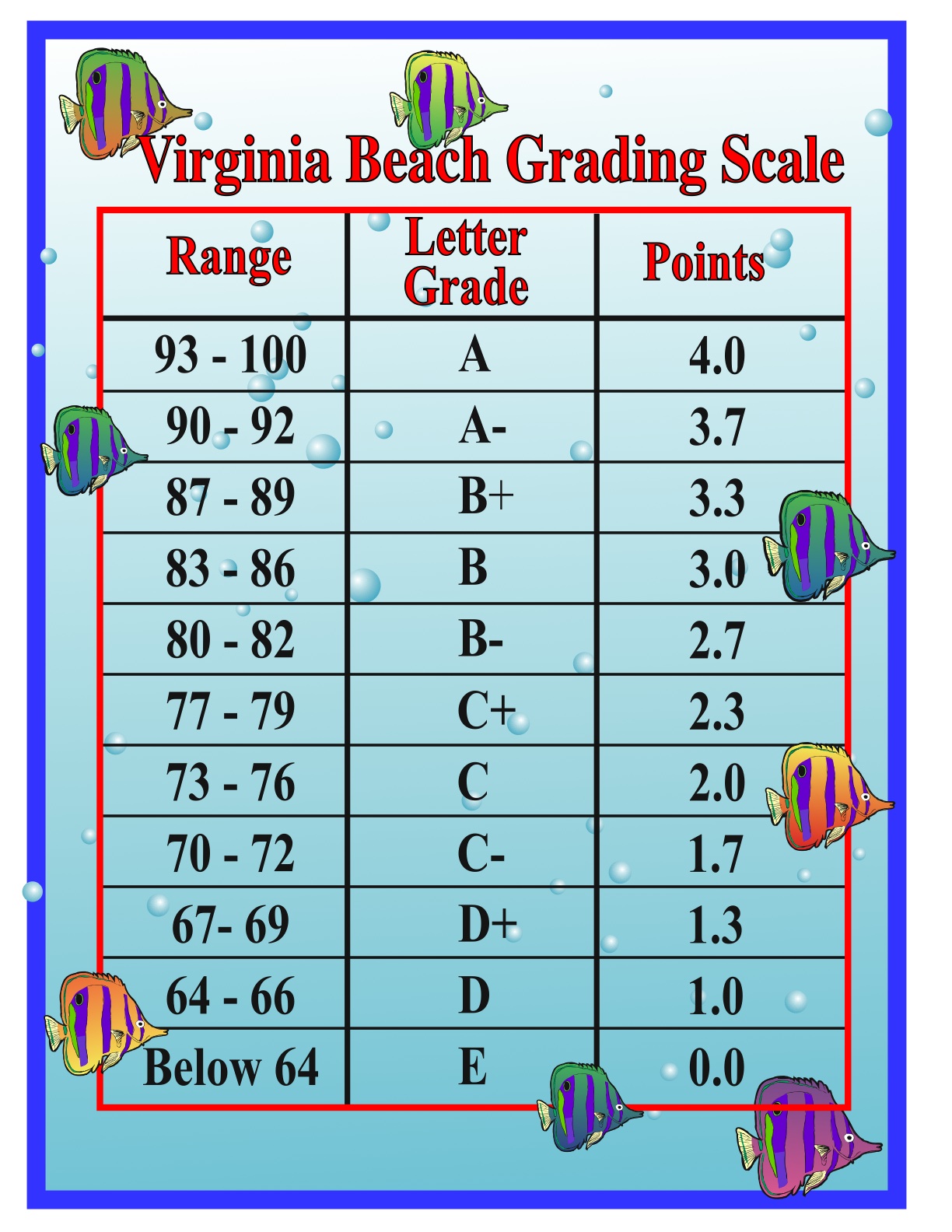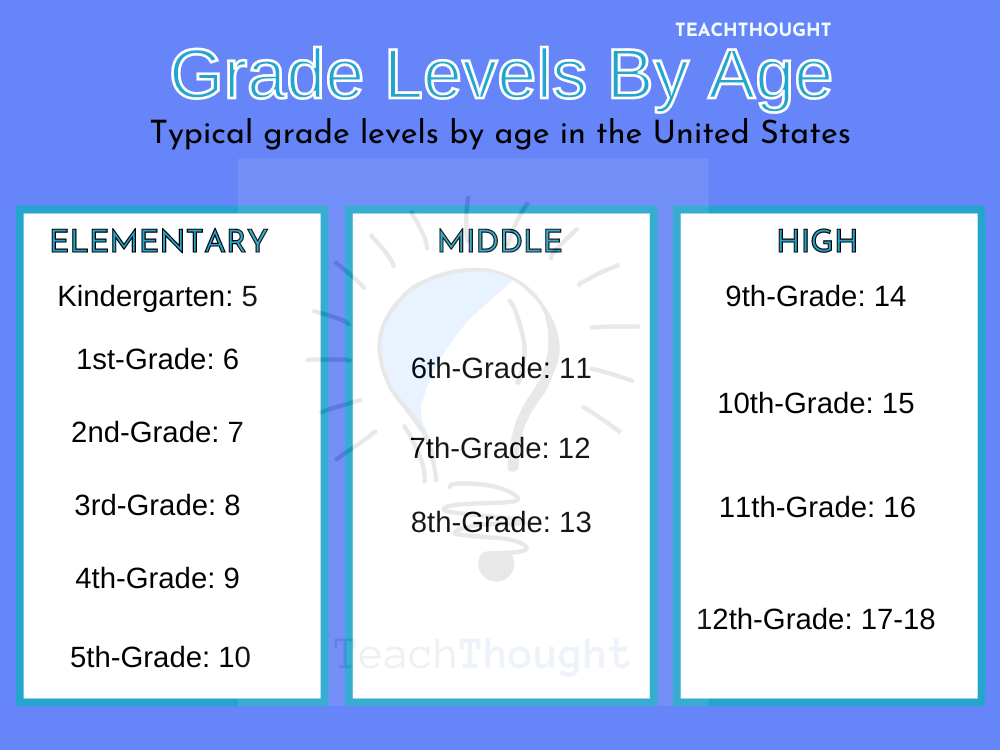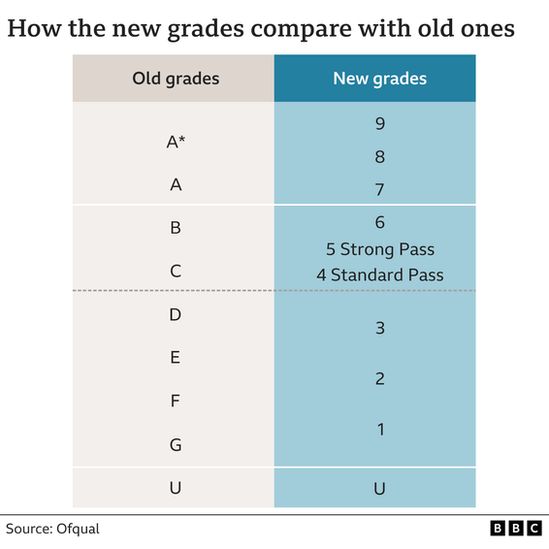What Grade Is 35 Out Of 40

The aroma of freshly sharpened pencils hangs in the air, mingling with the nervous energy that permeates classrooms across the nation. Sunlight streams through the windows, illuminating desks littered with textbooks, notebooks, and the remnants of late-night study sessions. The question on many students' minds, often whispered with a mix of hope and anxiety, boils down to a simple query: "What grade did I get?"
At its core, understanding the conversion of a raw score, such as 35 out of 40, into a letter grade involves applying a pre-defined grading scale. A score of 35 out of 40 typically translates to an 87.5%, which usually corresponds to a B+ or an A- depending on the specific grading policy of the institution or instructor. The context and the teacher's specific grading rubric are crucial for an accurate interpretation.
Grading Scales: A Universal Language?
Grading scales, while seemingly straightforward, are surprisingly diverse. They represent an attempt to standardize the evaluation of student performance, offering a concise way to communicate achievement levels.
In the United States, a common grading scale assigns letter grades as follows: 90-100% is typically an A, 80-89% a B, 70-79% a C, 60-69% a D, and below 60% an F. However, these ranges can vary.
The Nuances of Plus and Minus
Many institutions further refine this system by introducing plus and minus grades. A score within the higher end of a B range, such as 87.5%, might be designated a B+.
Conversely, a score hovering just above the A threshold might be labeled an A-. This finer granularity allows for a more nuanced assessment of student work.
The decision to use plus and minus grades often rests with individual schools or even instructors, reflecting the autonomy educators have in shaping their assessment practices.
The Significance of Context
The final grade isn't solely determined by the percentage score. Context plays a vital role.
Consider, for instance, a situation where a class average is unusually high. In such cases, an instructor might adjust the grading scale to maintain a fair distribution of grades. This is known as curving.
Curving is a controversial practice, but its intent is often to ensure that grades accurately reflect students' relative performance within the class.
Beyond the Numbers: Holistic Assessment
Many educators are advocating for a move beyond purely numerical grades. They emphasize the importance of holistic assessment.
This approach takes into account factors such as effort, participation, and improvement over time. Instead of solely relying on test scores, teachers might consider student portfolios or project-based assessments.
Holistic assessment recognizes that learning is a complex process and that a single number cannot fully capture a student's understanding and growth.
Real-World Implications
Grades have far-reaching implications, influencing everything from college admissions to future career opportunities.
A strong GPA can open doors to scholarships and prestigious universities, while a less-than-stellar academic record can present challenges. However, it’s important to remember that grades are just one piece of the puzzle.
Colleges and employers increasingly recognize the value of skills and experiences that cannot be easily quantified, such as teamwork, critical thinking, and creativity. Success is rarely determined by grades alone.
The Pressure to Perform
The emphasis on grades can create significant pressure for students, leading to anxiety and stress.
The pursuit of perfect scores can sometimes overshadow the joy of learning, transforming education into a competition rather than a journey of discovery. It's essential for students to maintain a healthy perspective and focus on their overall well-being.
Parents, educators, and policymakers have a responsibility to create a supportive learning environment that encourages exploration and fosters a love of learning, rather than solely emphasizing grades.
Looking Ahead
The future of grading is likely to involve a more personalized and nuanced approach. Technology is already playing a role, with adaptive learning platforms providing tailored instruction and feedback.
As assessment methods evolve, the focus will likely shift towards measuring growth and mastery of skills rather than simply assigning a letter grade.
"The goal is to empower students to take ownership of their learning and to develop the skills they need to succeed in a rapidly changing world," - Education Expert, Dr. Anna Lee.
Ultimately, the value of education lies not in the grades we receive, but in the knowledge, skills, and values we acquire. A score of 35 out of 40 can be a snapshot of a moment in time, but it doesn’t define a student’s potential or limit their future achievements.
